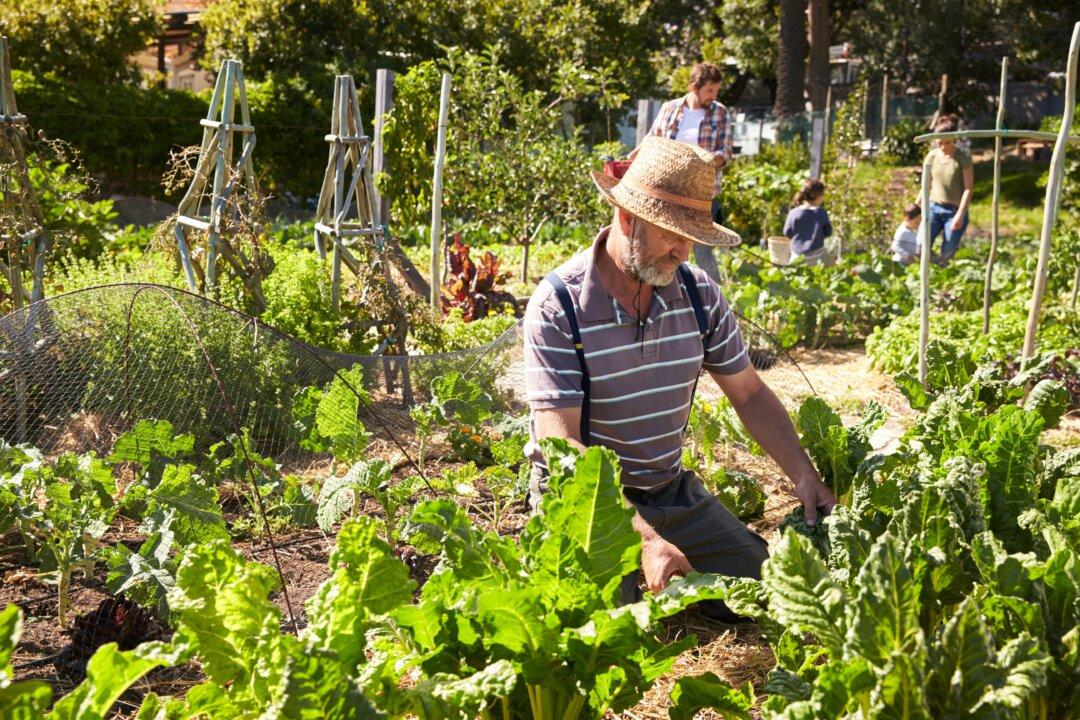You know that friend that you just feel right with? You may not see them for weeks, months, or even years, but when you meet up, it’s as if you saw them just the day before. You go together like peaches and cream, tea and scones (that’s a British thing), or peanut butter and jelly (definitely American!). You compliment each other’s existences. You just fit.
Plants have such friends. To be honest, sometimes the friendship isn’t entirely altruistic and one may come out a little worse for wear from the relationship, but plants are decent souls. They don’t complain, get into shouting matches, or fight. They take it on the chin like the troopers they are.





